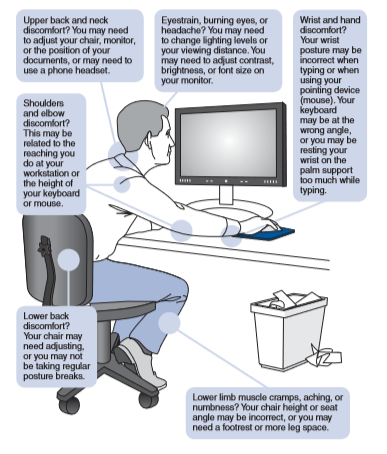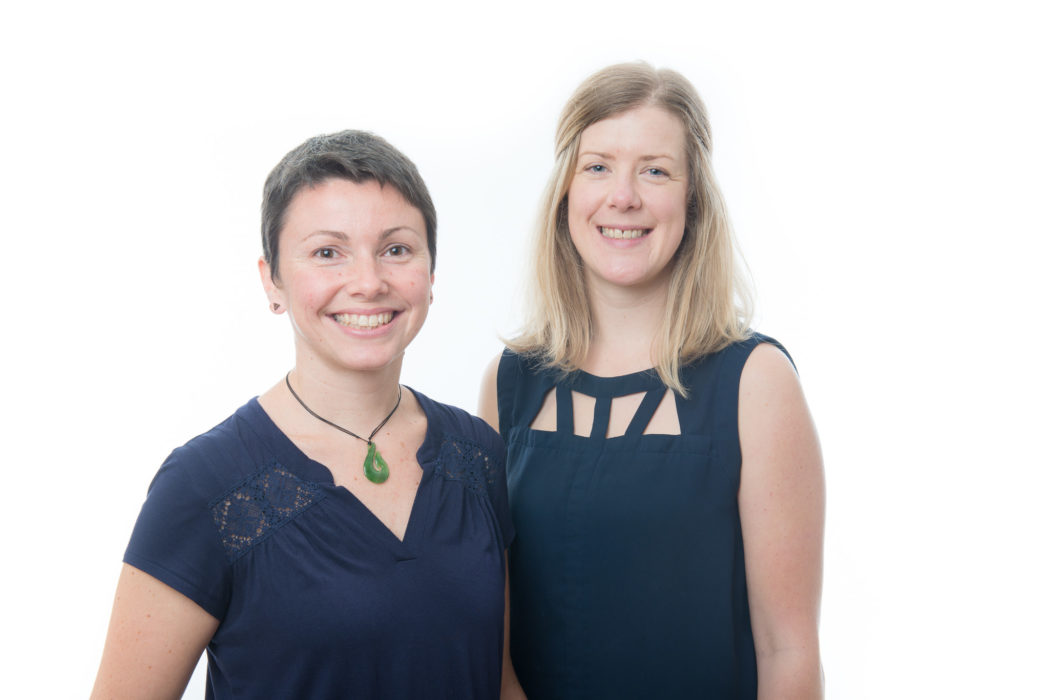Meet Mathilde Bleuze & Bronwyn Cormack: Occupational Therapists
Welcome Mathilde Bleuze and Bronwyn Cormack to the OT Works! team. They provide community OT services for individuals with musculoskeletal/orthopaedic injuries, chronic pain, mental health, concussion/traumatic brain injuries and mixed diagnoses. They guide clients in managing their daily activities at home, work and in the community in order to foster increased independence.
Mathilde enjoys thinking outside of the box and supporting clients in their own environments. Originally an OT in France, she has a wealth of experience particularly in return-to-work planning, home safety and seating and mobility. Mathilde serves clients on Vancouver Island, particularly in the Comox Valley region.
Bronwyn finds that private practice allows for a dynamic work environment. She enjoys learning about the different roles people have in their communities. She provides workplace assessments, return-to-work planning and activation, among other services. Bronwyn serves clients in the Sea-to-Sky region, primarily North Vancouver to Whistler.
Like all of our therapists, Mathilde and Bronwyn are full registrants and in good standing with the College of Occupational Therapists of British Columbia (COTBC).
Get started with an OT
If you or someone you know could benefit from working with an occupational therapist, contact us today!
Email: referrals@ot-works.com
Phone: 604.696.1066 ext. 1000.
Health & Safety in the Office: Ergonomics
An effective workspace is essential to feeling well at work and wherever else. Ergonomic changes to your workspace promote good posture and contribute to physical wellbeing. They also allow better efficiency with tasks. Consider the ergonomic recommendations below and seek professional help from a registered occupational therapist if you need more help.
Ergonomic Recommendations
Consider the following:
- Posture.
- Are you sitting up straight?
- Are your shoulders relaxed?
- Are you leaning forward, creating tension in your back?
- The height of your chair.
- Are your forearms horizontal, your wrists straight, and your thighs at a 90 – 110 degree angle at the hips?
- Does the lower part of your backrest support the curve of your back?
- Do you have armrests, to decrease the strain on your back and neck?
- Your computer monitor.
- Is the top line of text on the screen at eye level?
- Is the screen an arm’s length away from your eyes?
- Do you need to adjust the contrast, brightness, or font size on the screen?
- Your visual needs.
- WorkSafe BC has a list of information to share with your ophthalmologist or optometrist regarding your desk and computer work.
- Do you need to lower the overhead light levels to prevent glare?
- Do you need to move your desk lamp (to the opposing side to your dominant hand)?
- Your work area organization.
- Are frequently used items close to you (within a 30 cm reach)?
- Are occasionally used items within an arm’s reach to you (within a within a 50 cm reach)?
- Are any rarely used items put away or set further aside?
- Your phone set up.
- Do you use a headset or speakerphone to avoid awkward neck positions?

Take short breaks (20 sec. to 2 min.) to allow your muscles to rest between repetitive activities. On longer breaks, stand up and walk around so that you use different muscles than while sitting. Try basic exercises like these here or here to help you prevent strains at work.
You may find an ergonomic assessment by an OT to help address any issues you have. Contact us and we will be happy to have an occupational therapist come to you.
E-mail: info@ot-works.com
Phone: 604.696.1066 ext 1000
Resources
- “Ergonomics & Computer Use.” University Health Services at Princeton University. https://uhs.princeton.edu/health-resources/ergonomics-computer-use
- “Office Ergonomics.” HealthLink BC. https://www.healthlinkbc.ca/health-topics/tr5915
- “How to Make Your Computer Workstation Fit You.” WorkSafeBC. https://www.worksafebc.com/en/resources/health-safety/books-guides/how-to-make-your-computer-workstation-fit-you


